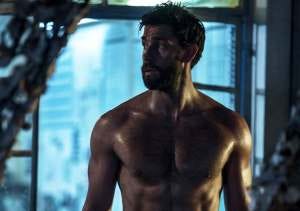13 Hours: The Secret Soldiers of Benghazi | Apocalypse
In 2011, the First Libyan Civil War ended with the deposition of the leader-turned-fugitive Colonel Muammar Gaddafi, who was found by rebels and executed in the street. By 2012, nearly every foreign embassy had left the country. The United States, however, still had a CIA base in the city of Benghazi, as well as a diploma…
Keep reading with a 7-day free trial
Subscribe to Cinema Year Zero to keep reading this post and get 7 days of free access to the full post archives.





